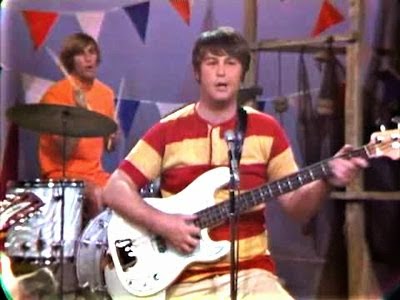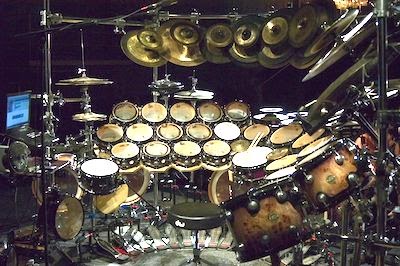Here's an absolute classic. It's the isolated vocals from
The Beach Boy's all-time great hit "California Girls." The band was already big long before this song, but this 1965 song put them in a new stratosphere.
The song was written by
Brian Wilson (who also produced) and lead singer
Mike Love. The basic track took 44 takes by the studio band known as
The Wrecking Crew (which included
Leon Russel on piano here), recorded at Hollywood's famed
United Western Recorders. The vocals were recorded about a month later in New York City at the equally famous
CBS Columbia Square studios.
An interesting side note, this was the first song that
Bruce Johnston sang on, having just replaced Brian Wilson in the road band. You can hear him on the falsetto parts on the outro. Here's what to listen for:
1. Mike Love's lead vocals are doubled and panned left and right. You don't hear the double so much on the final mix because they're fairly close (especially given the era this was recorded in).
2. There are two sets of harmonies that are spread slightly left and right. Although some parts are doubled in places, for the most part there are mostly different counterpoint parts that mesh together perfectly.
3. This is one of the best examples of the BBs trademark, which is the low bass vocal part. It's something that you rarely hear during background vocals of any era.
4. The harmonies aren't perfect. When you think of The Beach Boys, you think of impeccable vocals, but in this case, there are little inconsistencies throughout. There's a few wrong notes, a few minor sour ones, and some ragged releases, especially towards the end.
5. Listen through to the end, where you'll hear what took place after the fade of the final mix.





